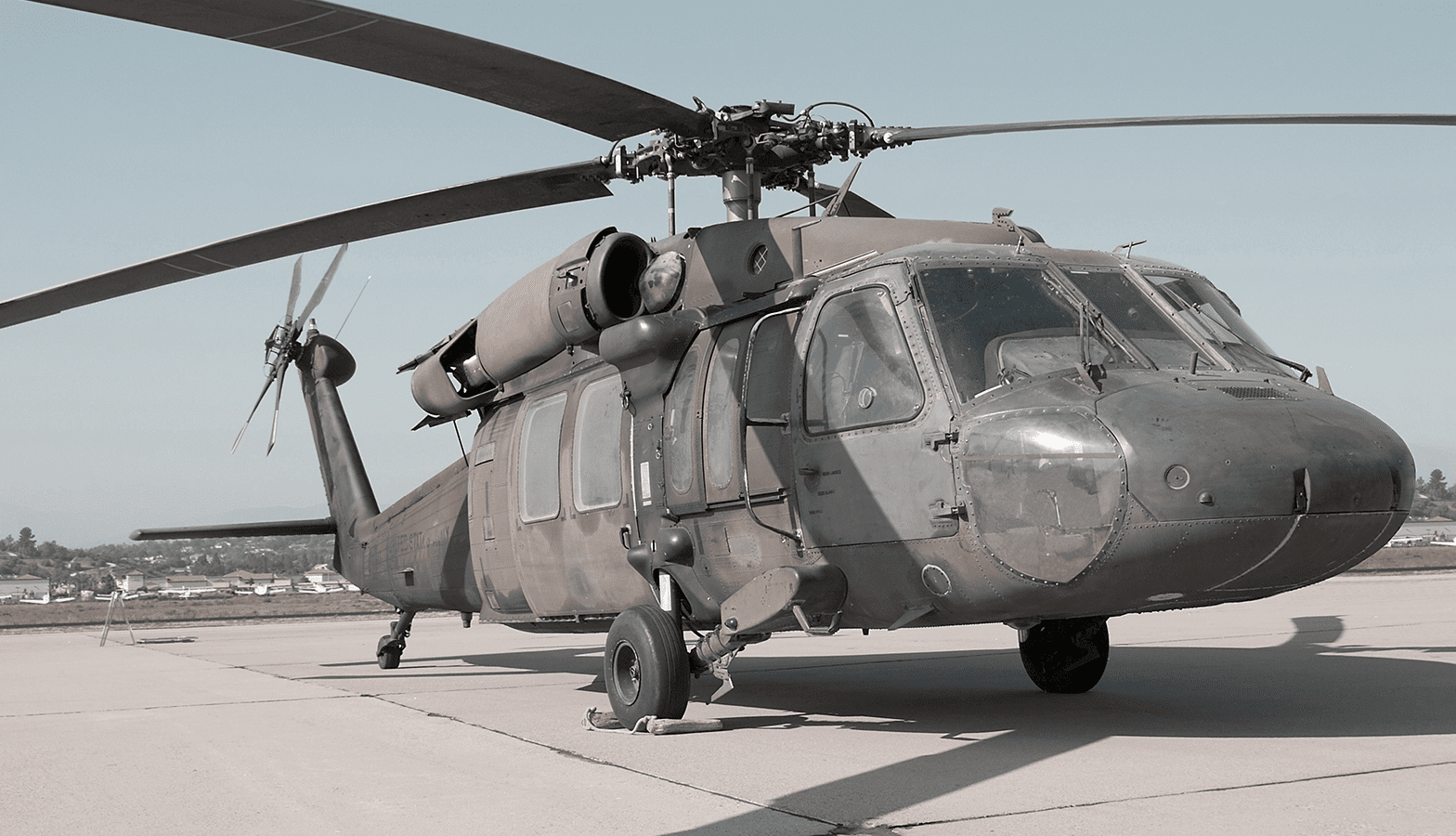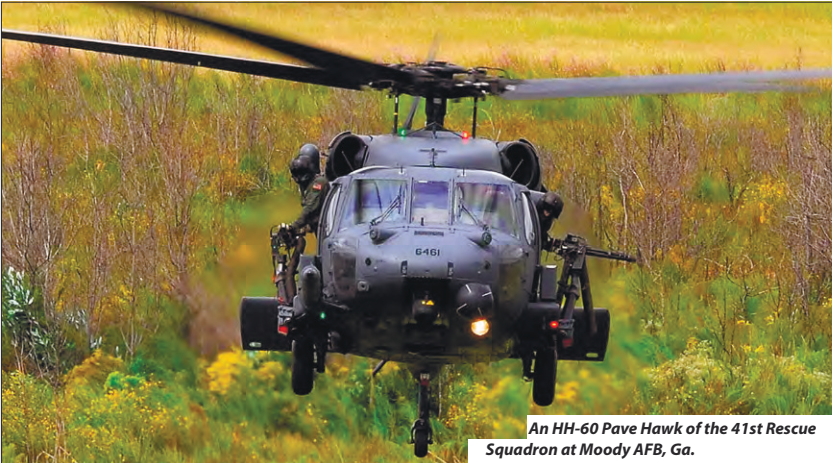The UH 60 Black Hawk: Versatility and Performance in Military Aviation
The UH 60 Black Hawk: Versatility and Performance in Military Aviation
Blog Article
Every Little Thing You Required to Know Regarding the UH 60 Helicopter
The UH-60 helicopter, a cornerstone of united state Army aviation given that its launching in 1979, stands for an amazing mix of design and operational convenience. Recognized for its extraordinary speed and array, the UH-60 has been adapted for numerous objectives, from troop transportation to clinical discharge. As military demands develop, so too does the helicopter, with recurring advancements intended at enhancing its abilities and incorporating contemporary technologies. To fully appreciate the relevance of the UH-60 in modern military operations, one need to consider its background, layout, and the future advancements that can redefine its role.
History of the UH-60
Developed in the late 1970s, the UH-60 Black Hawk helicopter became a reaction to the united state Military's demand for a versatile energy helicopter that might execute a selection of objectives under tough conditions. The inspiration for its design was the shortcomings recognized in the earlier helicopters used throughout the Vietnam Battle, specifically in regards to speed, ability to move, and survivability.
The Black Hawk was designed by Sikorsky Airplane, incorporating advanced technologies and materials to enhance its efficiency and resilience. It was officially introduced right into solution in 1979, swiftly ending up being a critical property for armed forces operations - uh 60. Its ability to transfer troops, medical evacuation, and logistical support in both fight and altruistic objectives made the Black Hawk a vital element of the U.S. Army's aeronautics fleet
Throughout the years, the UH-60 has been continuously updated, adapting to the altering nature of warfare and the evolving needs of modern-day military procedures. Its operational history consists of involvement in significant problems, peacekeeping goals, and calamity relief initiatives, solidifying its credibility as a reliable and reliable helicopter in different environments worldwide.

Design and Requirements
The style of the UH-60 Black Hawk helicopter constantly mirrors a commitment to operational efficiency and adaptability. Established by Sikorsky Aircraft, this medium-lift energy helicopter features a sleek, aerodynamic fuselage that improves speed and ability to move. Its tandem rotor system, characterized by 2 counter-rotating blades, minimizes resonance and increases lift ability, enabling safer operations in varied atmospheres.
The UH-60 is powered by 2 T700-GE-701C turboshaft engines, giving a maximum rate of roughly 180 knots and a series of around 400 nautical miles. Its robust airframe is constructed from innovative composite materials, making sure sturdiness while maintaining a fairly reduced weight. The helicopter has an optimum gross weight of concerning 22,000 pounds, supporting a flexible haul arrangement.

Goals and roles
A functional platform, the UH-60 Black Hawk helicopter offers a multitude of functions and objectives within army operations. Made mostly for army transport, it can carrying approximately 11 soldiers, making it an important property for quick deployment and logistical support.
Along with troop transportation, the UH-60 excels in medical evacuation (MEDEVAC) missions, furnished with innovative clinical equipment to offer critical care throughout transit. Its capability to run in varied settings enhances its efficiency in fight search and rescue (CSAR) procedures, where speedy extraction of workers is essential.
The helicopter additionally plays a significant duty in reconnaissance and security goals, making use of onboard sensing units and tools to debrief. Its convenience expands to logistical assistance, capable of transferring supplies and equipment to forward running bases.
In fight operations, the UH-60 can be furnished with different tool systems, enabling it to supply close air support. Its multi-role capability makes the Black Hawk a vital device for contemporary military pressures, adjusting effortlessly to the developing demands of field of battle situations and ensuring mission success throughout a variety of operational contexts.
Efficiency and Capacities
Recognized for its robust performance, the UH-60 Black Hawk helicopter flaunts outstanding capabilities that boost its operational performance throughout various goals. uh 60. This multi-role aircraft is outfitted with effective twin-engine Turbomeca Arriel 1D1 engines, offering exceptional rate and maneuverability, with an optimum cruise rate of roughly 150 knots and an operational variety of around 400 maritime miles
The Black Hawk's advanced avionics and fly-by-wire control systems dramatically enhance flight security and handling, enabling it to run in varied environments, including negative climate condition. Its adaptability is additional exemplified by its ability to bring approximately 11 completely equipped troops or a payload of around 8,000 extra pounds, making it optimal for troop transportation, clinical discharge, and logistical support goals.
Furthermore, the UH-60 is made for survivability, including strengthened airframes, ballistic protection for team and travelers, and advanced countermeasure systems to escape risks. The helicopter's agility and rate, integrated with its capacity for fast release, make it an essential property in modern army procedures, making sure that it stays a crucial element of tactical air assistance and battlefield wheelchair.
Future Developments

One substantial focus is the assimilation of advanced avionics systems, which will boost situational recognition via boosted navigating and interaction capabilities. This consists of the potential use of man-made intelligence to aid pilots additional hints in decision-making and objective planning.
Additionally, future versions may integrate sophisticated products and style features to strengthen the helicopter's sturdiness and reduce its radar trademark, improving survivability in objected to atmospheres.
The introduction of hybrid-electric propulsion systems is additionally imminent, intending to boost fuel efficiency and lower logistical concerns. Such improvements could extend functional variety and decrease the helicopter's ecological impact.

Verdict
The UH-60 helicopter represents a significant advancement in military aeronautics considering that its introduction in 1979. Its durable layout, flexible capacities, and continuous upgrades ensure its significance in different operational roles, consisting of army transportation and clinical discharge. As modern technology progresses, future developments will likely improve its efficiency through the integration of expert system and hybrid-electric systems. The UH-60's withstanding existence underscores its crucial role in contemporary armed forces operations and highlights the recurring evolution of military air travel technology.
The UH-60 helicopter, a cornerstone of U.S. Army aeronautics because its launching in 1979, represents an impressive blend of engineering and operational convenience. As armed forces needs check this site out advance, so too does the helicopter, with recurring innovations intended at improving its capacities and integrating modern innovations.The design of the UH-60 Black Hawk helicopter consistently reflects a commitment to functional effectiveness and versatility. Established by Sikorsky Aircraft, this medium-lift utility helicopter includes a smooth, aerodynamic fuselage that enhances speed and ability to move.The UH-60 helicopter represents a significant innovation in armed forces aviation since its intro in 1979.
Report this page